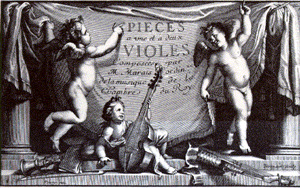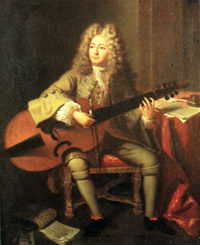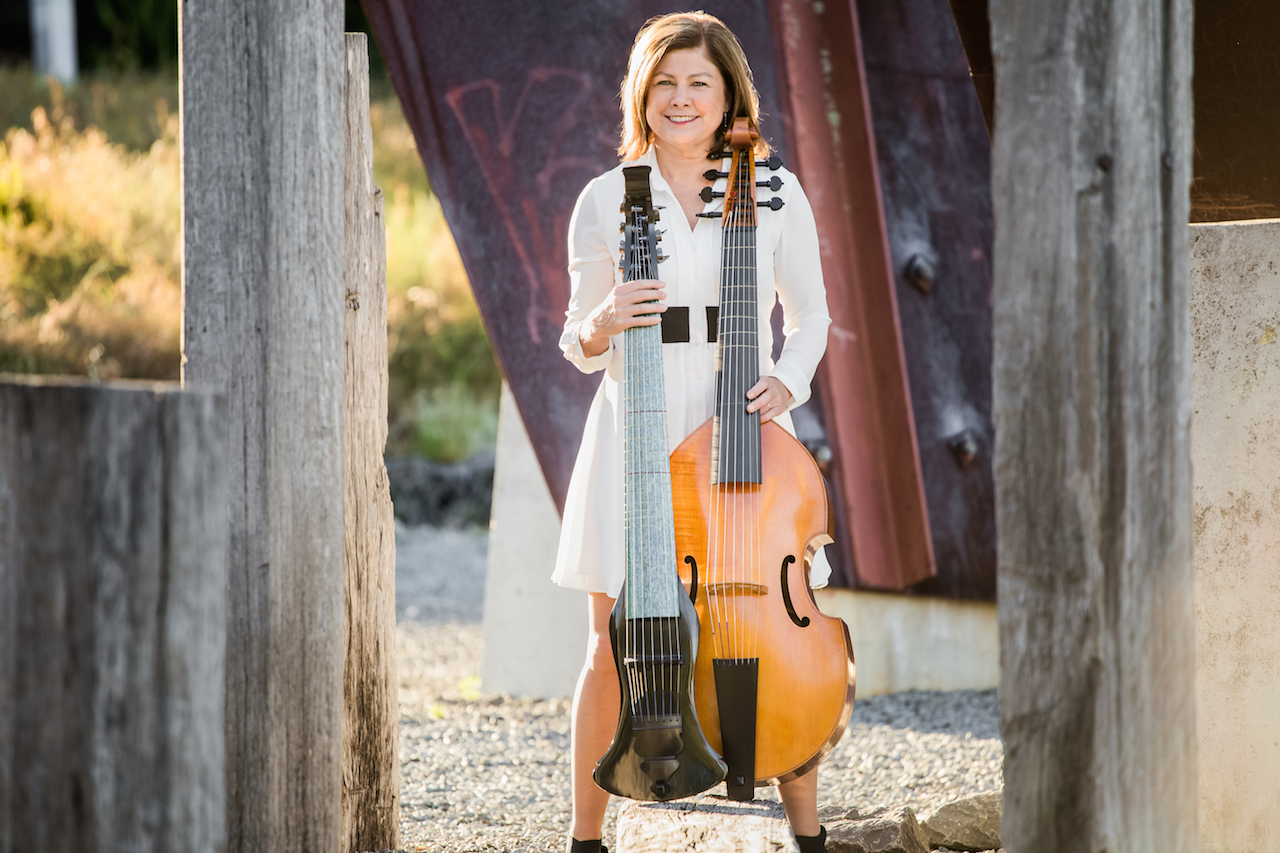The Marais Project is a celebration of music for the viola da gamba centred around the work of Marin Marais, the great French virtuoso viola da gamba performer and composer. By way of the Project we aim to perform the complete works of Marais and other music for the viola da gamba and viol family. This objective is an Australian “first” in that the complete Marais solo, duo and trio suites have never been performed in this country.
Since our formation in 2000 we have extended our repertoire beyond the French baroque to include mediaeval & renaissance music as well as commissioning and recording some twenty new Australian works.
Being a ‘project’ rather than a fixed ensemble has freed us to engage in a number of wonderful collaborations with individuals and groups such as The Early Dance Consort, Seaven Teares, “Mara!, jazz pianist and composer Kevin Hunt, Sydney Chamber Choir and composers such as Stephen Yates, Rosalind Page, Dan Walker, Paul Cutlan, Siebe Pogson, Matt McMahon, Llew and Mara Kiek and Matthew Perry.
Since our inception we have enjoyed the support of the ABC and have appeared on ABCFM, Radio National, 702 Local Radio and featured in Limelight magazine on several occasions. We also greatly value the interest and support of community-run radio stations such as Fine Music 102.5, 3MBSFM and 4MBSFM and Eastside Radio 89.7FM along with Musica Viva, Alliance Française Sydney, the French Consul General, the Swedish Embassy, New South Wales Early Music Association, the Australian Viola da Gamba Association, the Independent theatre, Sydney Conservatorium, several Music Clubs and a growing number of Festivals.
 A Life’s Work
A Life’s Work
Who was Marin Marais and what is his legacy to music and the viola da gamba? Marais’ life (1656-1728) spanned a good portion of the mid-Baroque period. Marais was employed at the Court of Louis XIV in Paris and played in Louis’ orchestra under the composer, conductor and impresario, Lully. The full breadth of Marais’ genius is revealed in the five-volume work, “Piéces de Violes” which contains more than 600 individual pieces. These volumes serve to chart the enormous changes in French instrumental music between 1686 when the first volume was published, and 1725 when the fifth and final book went to press.
Up to the end of 2015 we have performed more than 85% of Marais’ suites as well as recording and broadcasting several of his viola da gamba suites, trio sonatas and other music such as Marais’ operas that we have come to greatly respect and enjoy.
The inspiration for the Project
In the year of the Sydney Olympics with all the emphasis on athletic achievement, I wanted to set myself a significant challenge. Eventually, I came up with the idea of establishing The Marais Project, an ongoing series of concerts that would promote the viola da gamba and its music, and extend my own technique and artistic stamina. In making this choice Gerard Willems’ example in recording the complete Beethoven sonatas has been a major inspiration for me. I was so grateful that Gerard accepted the invitation to launch our second CD “Love Reconciled” at the Sydney Conservatorium in 2010.
As the years have gone by we have continued to focus on the core French repertoire for viola da gamba as well as expanding our interest into folk and contemporary music.
Sustaining the work
Playing the viola da gamba, let alone French Baroque viola da gamba music, is a fairly obscure thing to do under the harsh 21st century Australian sun! Yet to me it is a real privilege to perform this repertoire and to work with such fantastic musicians.
I am sure that when Jordi Savall, the great Spanish gamba player, commenced his involvement with the soundtrack of the cult French film “Tous les matins du monde” (All the Mornings of the World) he had no idea that so many people would become entranced with the gamba as a result. In a lesser way, it is my hope that through this Project many more Australians will also come to know and love the music of the viola da gamba and thereby enter into its rich and beautiful world.
Jennifer Eriksson, 2016


